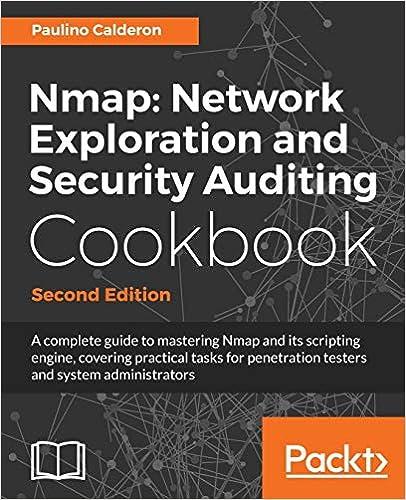Answered step by step
Verified Expert Solution
Question
1 Approved Answer
complete all requirements. make the answers in bold. Data table Reference 1. If GES sells all 250,000 bulbs produced, what would be the effect on
complete all requirements. make the answers in bold. 



Data table Reference 1. If GES sells all 250,000 bulbs produced, what would be the effect on operating income of using each type of capacity as a basis for calculating manufacturing cost per unit? 2. Compare the results of operating income at different capacity levels when 175,000 bulbs are sold and when 250,000 bulbs are sold. What conclusion can you draw from the comparison? 3. Using the original data (that is, 250,000 units produced and 175,000 units sold) if GES had used the proration approach to allocate the production-volume variance, what would operating income have been under each level of capacity? (Assume that there is no ending work in process.) Giobal Eneray Saver (GES), a producer of energy -efticient light tulbs, expects that demand will increase markodly over the next decade. Due to the high fixed costs involvod in the businoss, Ges has decided to evaluahe its finsncial porformance using abucption costing income. The productoon-lume variance is watten off to cost of goods sold. The varlabie cost of production is 52.40 pgr butb. Flued menulacturhg costs are \$1,015,000 per year. Variable and fored selling and administrative expenses are 50.35 per bulo seld and $260,000, respectively Because ta light pubts are ourently popi producod Fiosd the (Clok the icon so view amonents previounly caiculated by GEs.) each varianoe as trworable (F) or unfoverable (U).) Data table Reference 1. If GES sells all 250,000 bulbs produced, what would be the effect on operating income of using each type of capacity as a basis for calculating manufacturing cost per unit? 2. Compare the results of operating income at different capacity levels when 175,000 bulbs are sold and when 250,000 bulbs are sold. What conclusion can you draw from the comparison? 3. Using the original data (that is, 250,000 units produced and 175,000 units sold) if GES had used the proration approach to allocate the production-volume variance, what would operating income have been under each level of capacity? (Assume that there is no ending work in process.) Giobal Eneray Saver (GES), a producer of energy -efticient light tulbs, expects that demand will increase markodly over the next decade. Due to the high fixed costs involvod in the businoss, Ges has decided to evaluahe its finsncial porformance using abucption costing income. The productoon-lume variance is watten off to cost of goods sold. The varlabie cost of production is 52.40 pgr butb. Flued menulacturhg costs are \$1,015,000 per year. Variable and fored selling and administrative expenses are 50.35 per bulo seld and $260,000, respectively Because ta light pubts are ourently popi producod Fiosd the (Clok the icon so view amonents previounly caiculated by GEs.) each varianoe as trworable (F) or unfoverable (U).) 



Step by Step Solution
There are 3 Steps involved in it
Step: 1

Get Instant Access to Expert-Tailored Solutions
See step-by-step solutions with expert insights and AI powered tools for academic success
Step: 2

Step: 3

Ace Your Homework with AI
Get the answers you need in no time with our AI-driven, step-by-step assistance
Get Started


